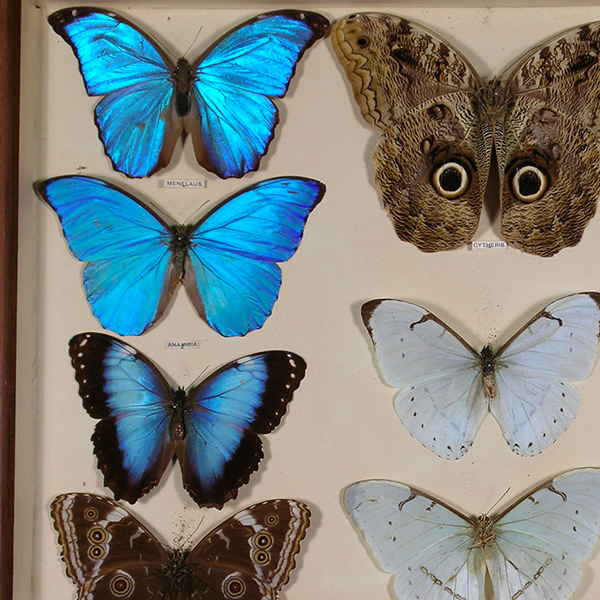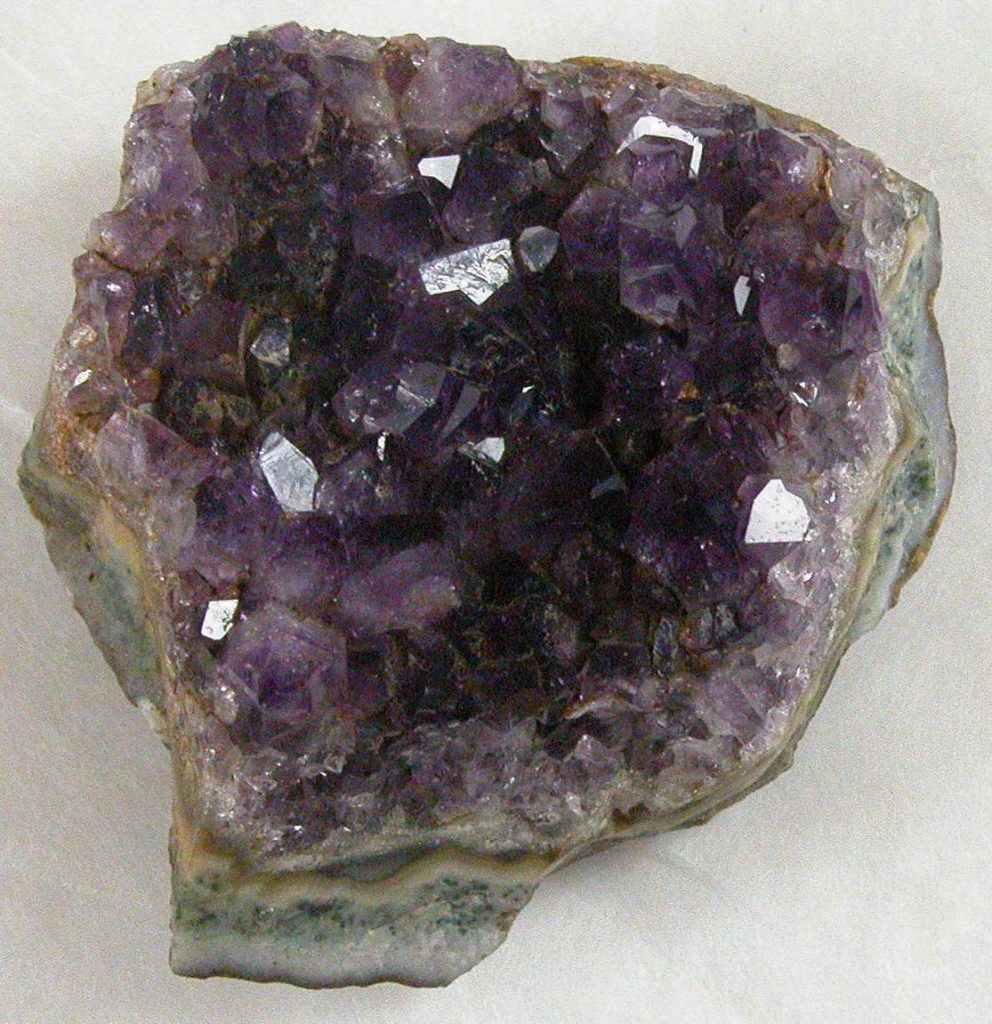
Amethyst
Reference: D4.A.243
Can be found: Colour and Camouflage
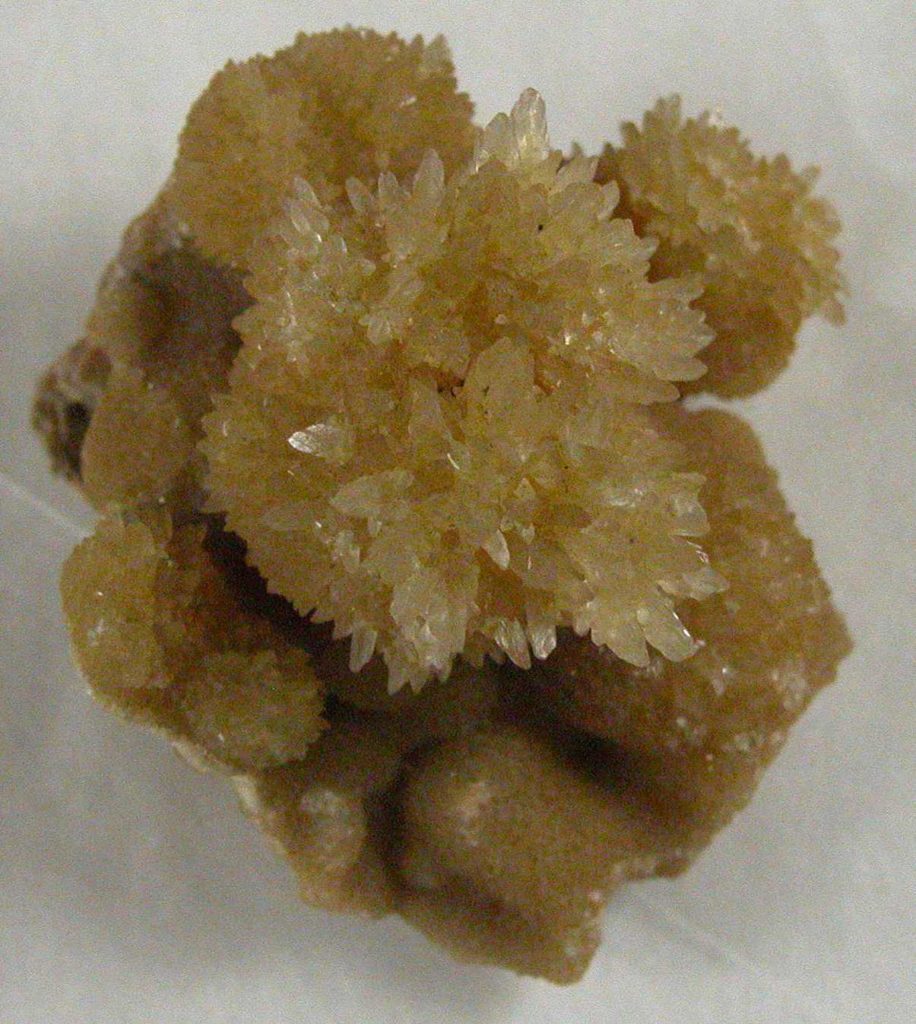
Aragonite
Aragonite is one of the two common forms of calcium carbonate, forming naturally in almost all mollusc shells.
Reference: 2003.370
Can be found: Colour and Camouflage
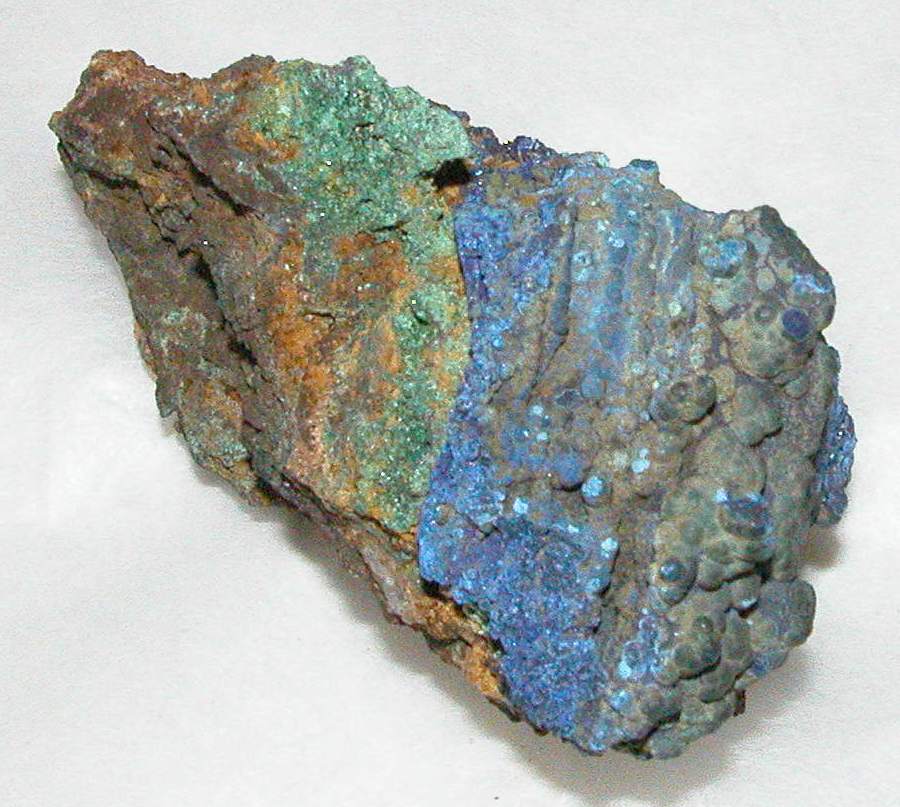

Blue butterflies
Reference: CANCM:nn
Can be found: Colour and Camouflage

Blue Fluorite
Glows purple under ultraviolet light.
Reference: 2006.62
Can be found: Colour and Camouflage
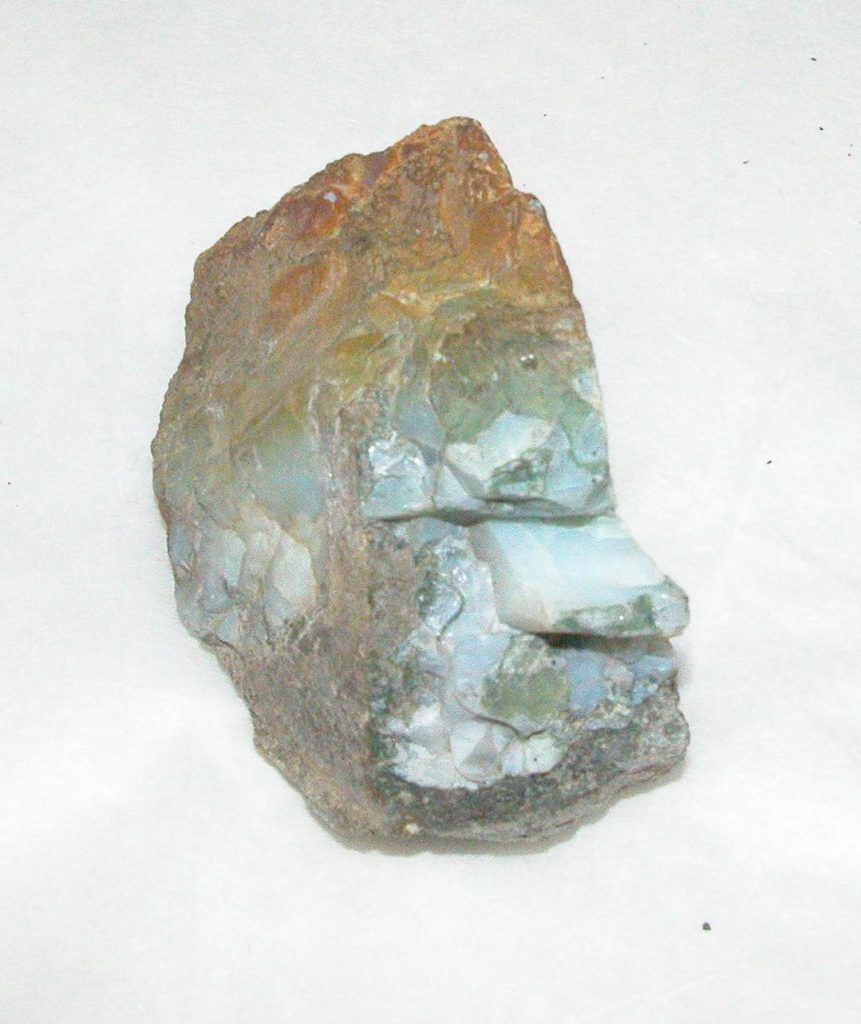
Blue opal
Reference: CANCM:nn
Can be found: Colour and Camouflage

Bluethroat
Reference: 26 H
Can be found: Colour and Camouflage

Carborundum
An artificially produced mineral with a brilliant shiny blue sheen.
Reference: D23
Can be found: Colour and Camouflage
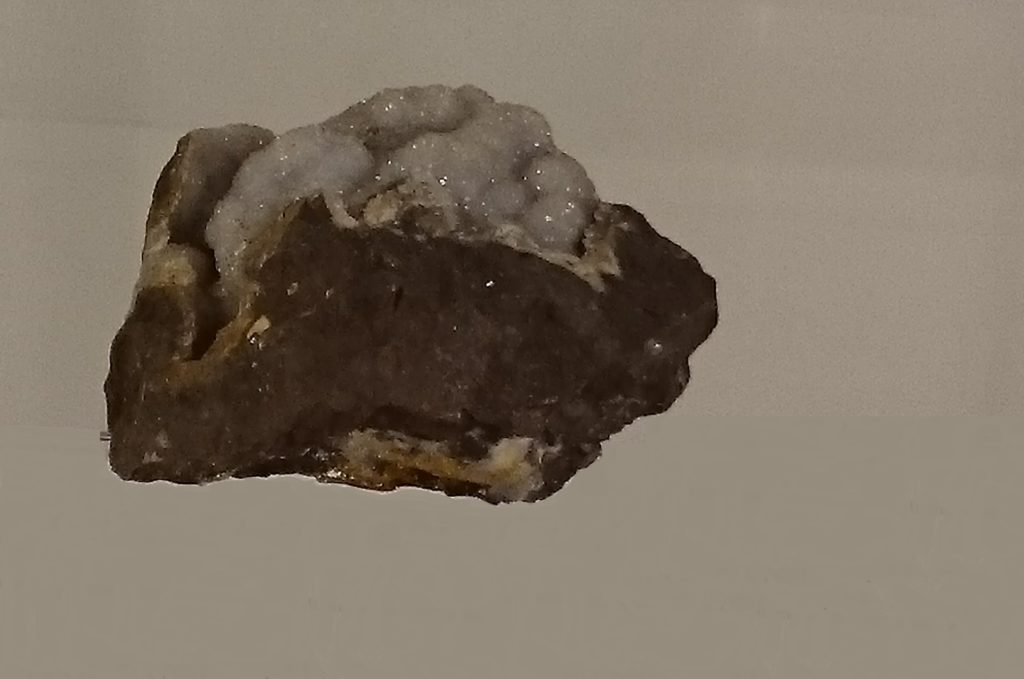
Chalcedony
Chalcedony is another mineral robustly used in making bracelets, necklaces, earrings and costume jewellery. Its common varieties, such as agate, carnelian, chrysoprase or moss agate, are part of this display and demonstrate the richness of colour and texture of the mineral.
Reference: CANCM:nn
Can be found: Colour and Camouflage

Crysophase
Reference: N.33
Can be found: Cabinet of Curiosities

Freshwater mussels
These have been exploited for pearls in the past.
Reference: 1982 6
Can be found: Colour and Camouflage
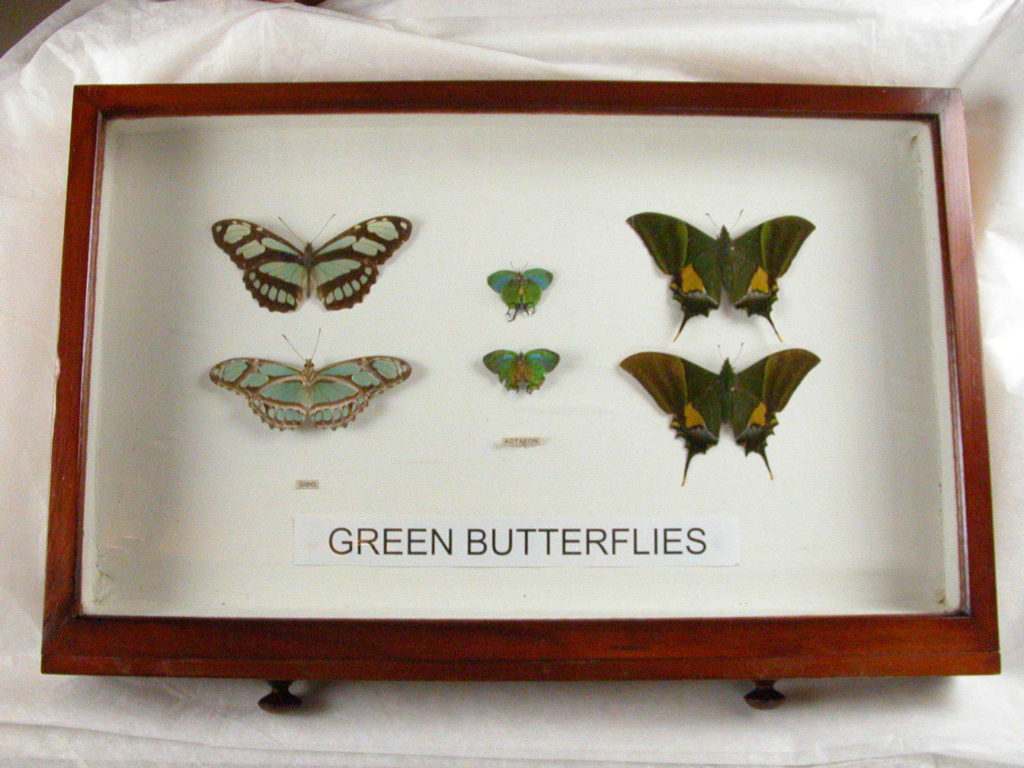
Green butterflies
Reference: CANCM:nn
Can be found: Colour and Camouflage
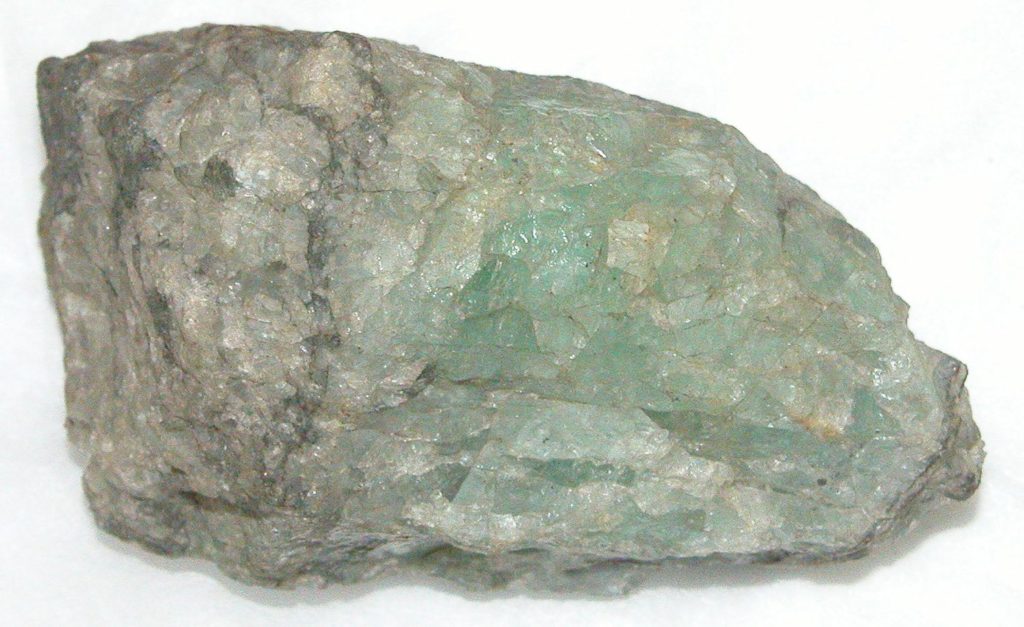
Green Fluorite
Reference: 2002.150
Can be found: Colour and Camouflage
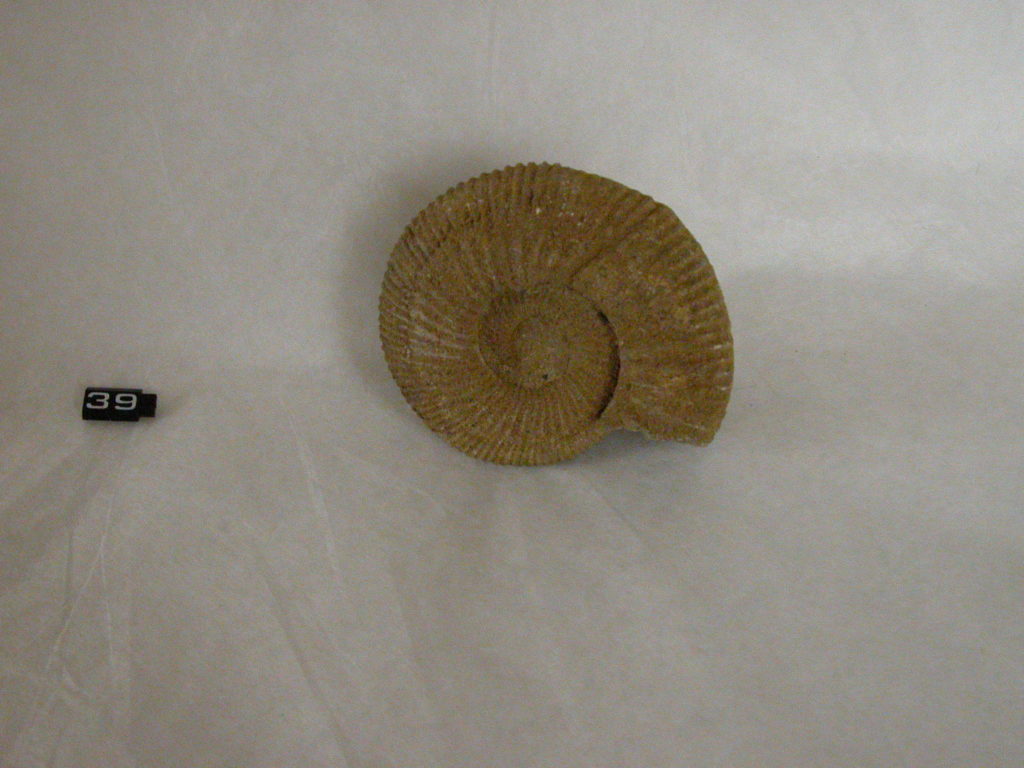
Greensand ammonite
This ammonite comes from the Lower Greensand, a Cretaceous age rock. The green in greensand comes from the mineral glauconite.
Reference: 2001.204
Can be found: Cabinet of Curiosities
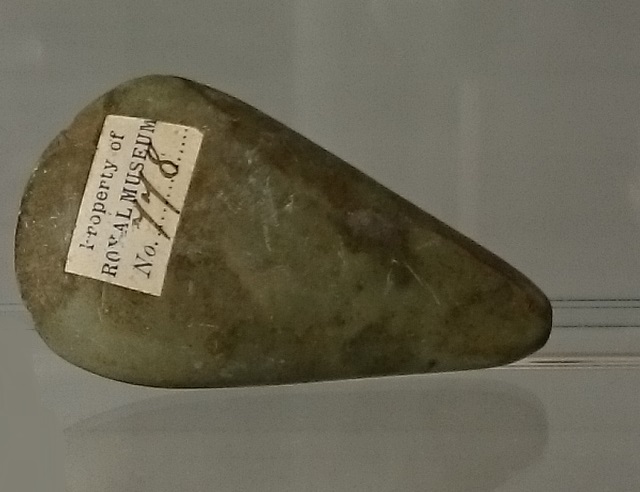
Jade hand axe (Maori jade axe)
Jade is a very durable mineral that was originally used for the manufacture of axe heads and weapons. Because of the beautiful colour of some of its specimen, it later became incorporated into jewellery and ornamental objects.
Reference: CANCM:776
Can be found: Colour and Camouflage
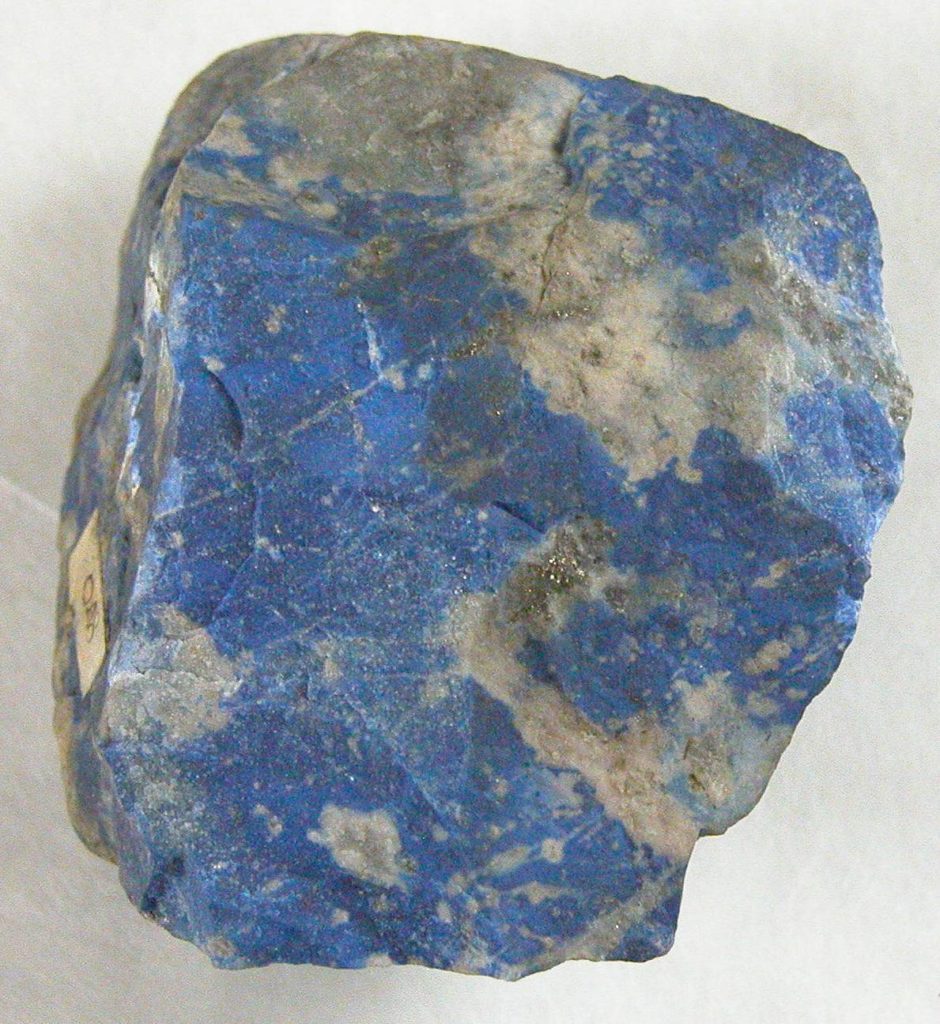
Lapis Lazuli
This rare dark blue mineral is ground up to form the artist’s pigment ultramarine.
Reference: Q.A.8
Can be found: Colour and Camouflage
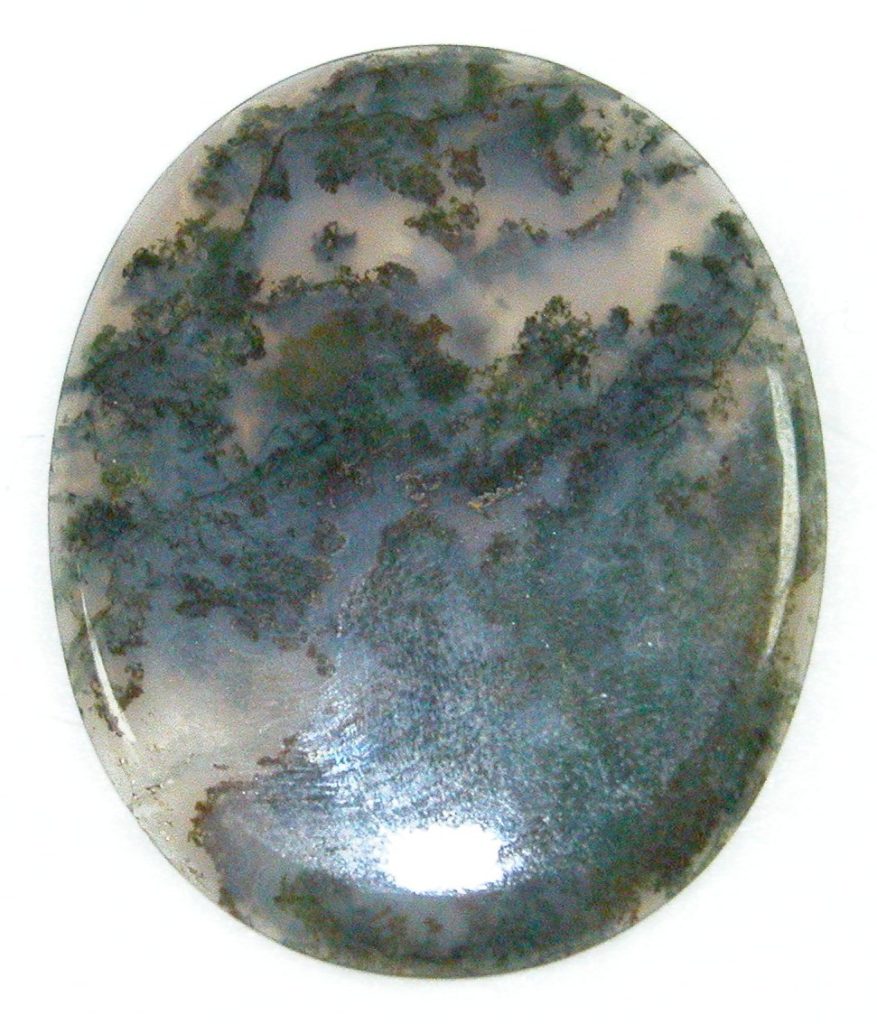
Moss agate
Reference: 2009.502
Can be found: Colour and Camouflage
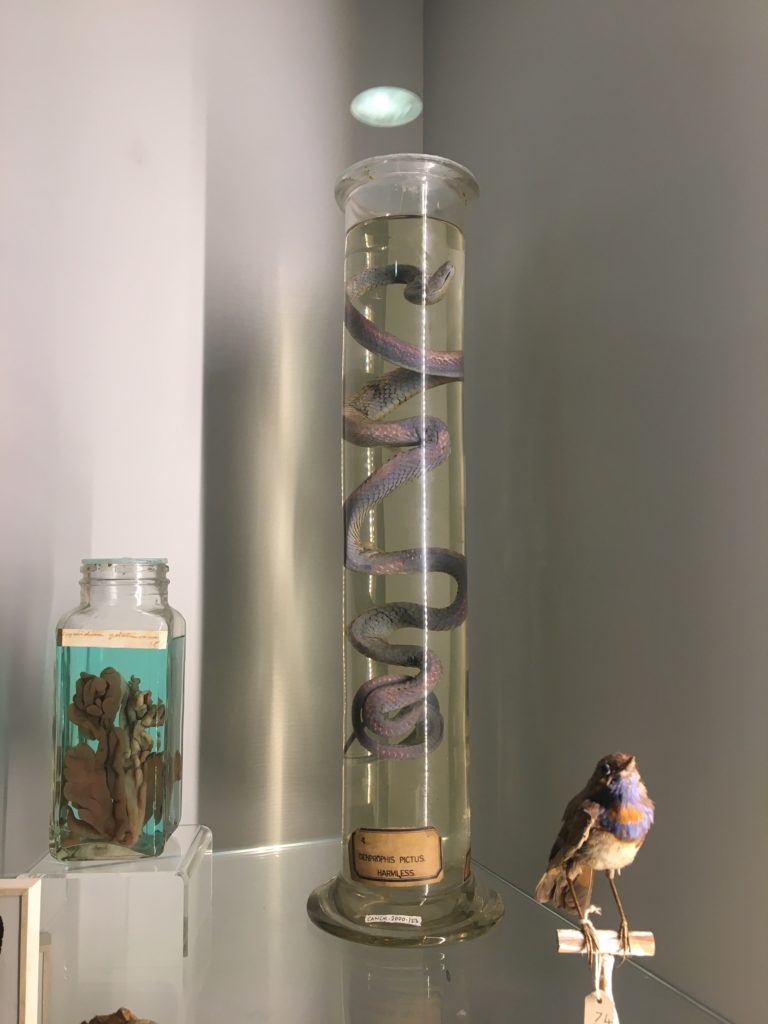
Painted bronzeback snake – Dendrophis pictus
It is a species of snake found in southeast Asia and Asia. It has slender, large eyes, and a head larger than its neck. Their backs have a bronze colour, and their bellies have white scales with bright blue scales along the side of the body. They are often found in trees or low bushes.
Reference: 2000.123
Can be found: Colour and Camouflage
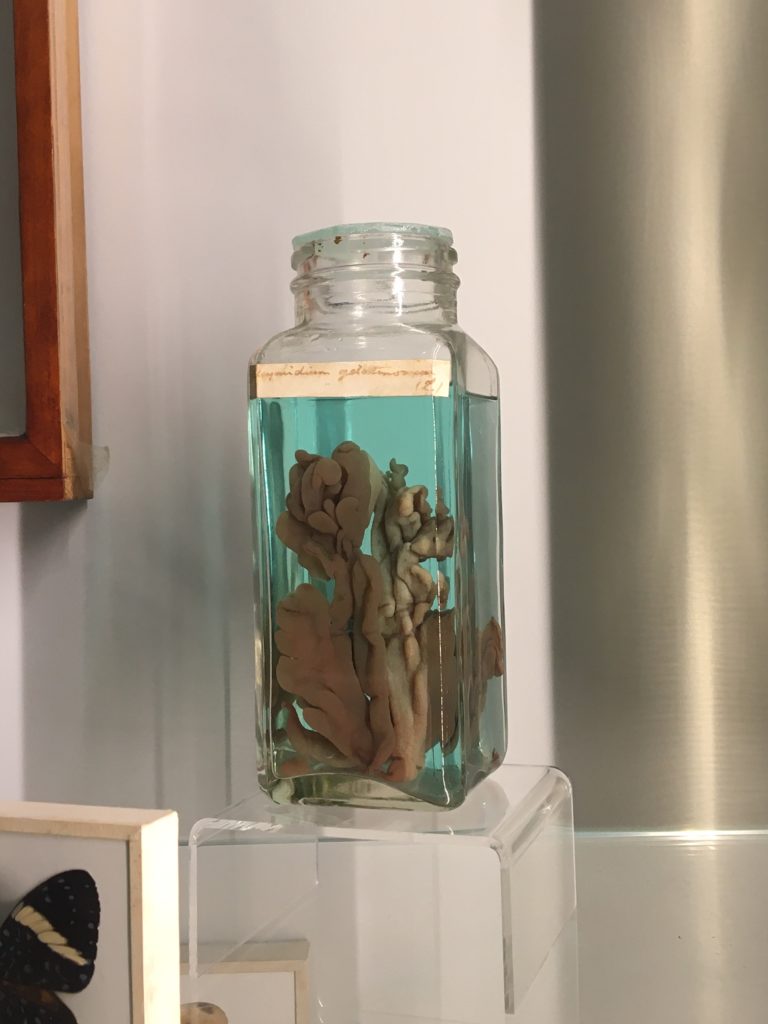
Polyzoa
Also known as Bryozoa, they are aquatic invertebrates that live in sedentary (fixed to one spot) colonies. They have a special ‘crown’ of tentacles, used for filter feeding. Most live in tropical waters, but some are found in oceanic trenches and polar waters
Reference: CANCM:nn
Can be found: Colour and Camouflage
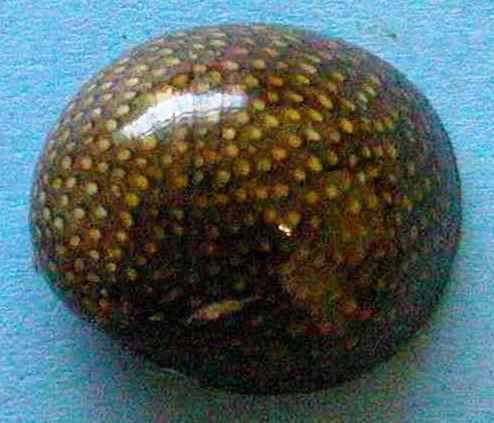
Spotted green gastropod of the genus Nerita
Reference: 2010.48.86
Can be found: Colour and Camouflage
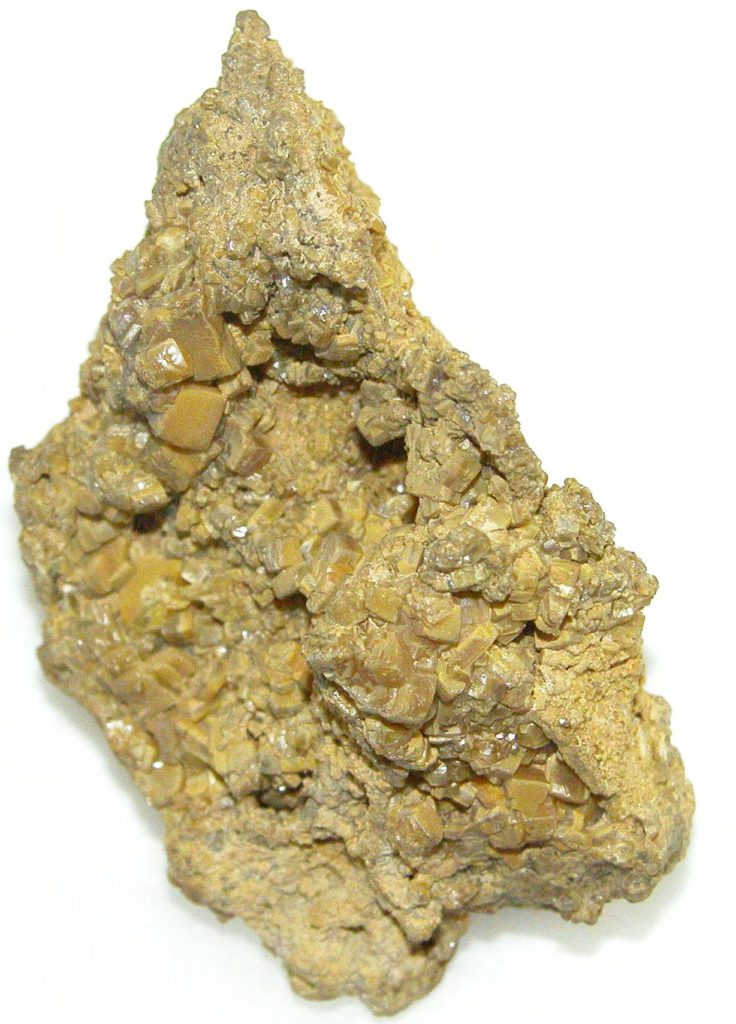
Wulfenite
Wulfenite is a source of molybdenum, a strong material with a high temperature resistance making it useful in space exploration and for making weapons.
Reference: D4.B.531
Can be found: Colour and Camouflage

